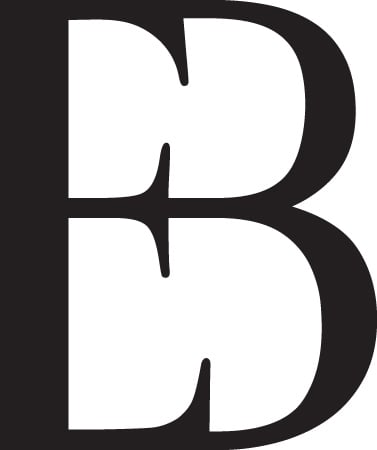Intro
As much time as I've spent with different film emulsions and development, I'm always interested in head-to head comparisons of films in the real world. Its one thing to look at curves and other technical data, and its another to see how it plays out in practice. One has to be careful not to extrapolate too much about such film comparisons, as there are always a ton of variables, and I've done my best here to let you know what was and was not controlled. The other day I was finishing a roll of Delta 100 on my Rolleiflex at the Lincoln Memorial, and changed to a roll of HP5+. I shot nearly the exact same shot on each emulsion, compensating on the HP5+ with one stop smaller aperture and one stop faster shutter. Each shot was developed in D76 by Photovision at box speed.
So, here's what's constant:
- Rolleiflex 3.5F (recently serviced with accurate shutter)
- Scene
- Light Conditions
- Compensated Exposure
- Developer
- Lab Processing by Photovision
- Frontier Scanner
- All contrast, exposure, shadow, highlight, and sharpening settings in LR identical. No local adjustments have been made. I have opened up the shadows as much as possible in these both for aesthetic effect and to illustrate the details in the scans.
Here's what may not be perfectly constant:
- Appropriate development time for each film in this developer may be open to interpretation, and I did not personally witness the development.
- The scanner settings were adjusted by lab to appearance, but may not have been perfectly equal.
- I did straighten and slightly perspective correct as needed for aesthetic appeal. This is minor.
- As one would expect, there is more DOF in the HP5 shot since I closed the aperture a stop.
Conclusions:
As expected, the Delta 100 has finer grain and higher contrast. I was a little surprised though just how much the lower contrast in HP5 allowed for detail in both the shadows and highlights. Notice the preserved detail in all but the darkest parts of the shadows in the HP5+ image, and also the preserved details in Mr. Lincoln.
So in my view both are fantastic films that each have their place, but I think this illustrates nicely that HP5+ does an excellent job of handling contrasty scenes in addition to being two stops faster, and that's worth factoring in when one is selecting which film to load. Of course on can control contrast in development to an extent, but all other things being equal, HP5+ will probably always be able to retain more dynamic range.
Images (click for larger version)
Ilford Delta 100
Ilford HP5+
